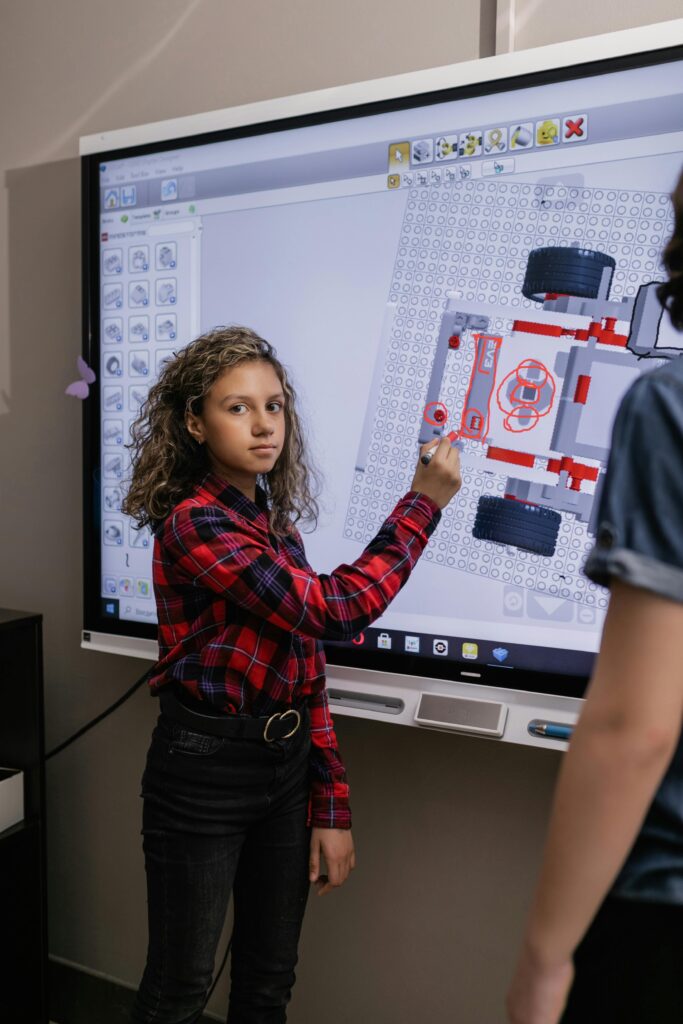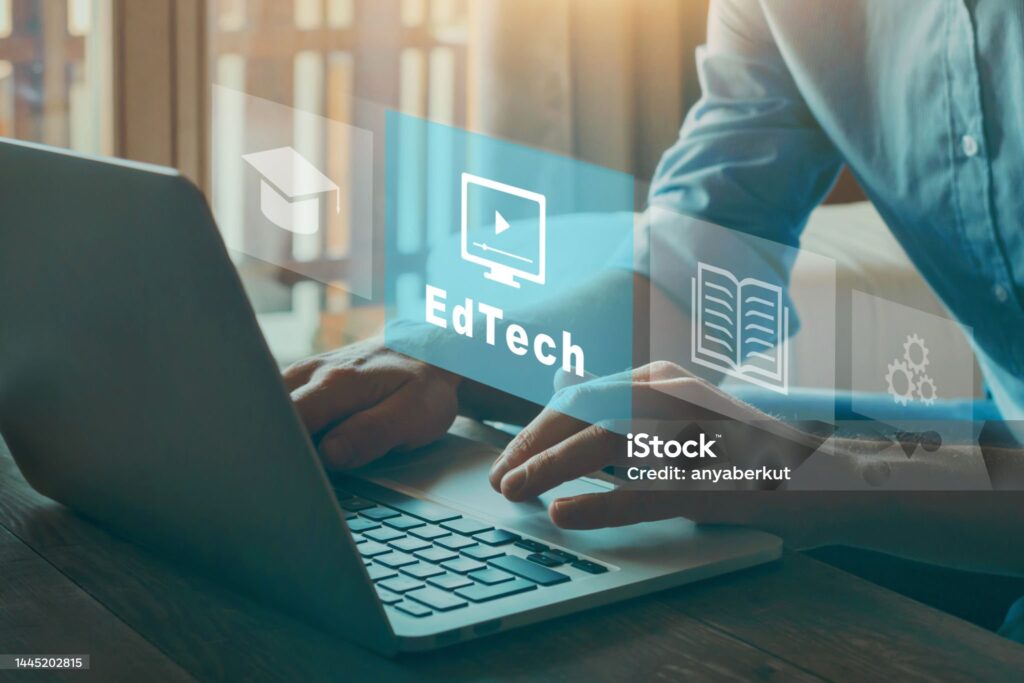Gone are the days when classrooms were limited to blackboards, chalk, and heavy textbooks. In the 21st century, education has taken a bold step into the digital world — and leading this transformation is EdTech, short for educational technology. From interactive whiteboards to AI-powered learning platforms, EdTech is reshaping how students learn and teachers teach.
But how exactly did we get here? And what does this growth mean for the future of education?
What Is EdTech, Anyway?
Educational Technology, or EdTech, refers to the use of digital tools and platforms to enhance teaching and learning. This can include everything from video conferencing apps and e-learning platforms to online quizzes, gamified lessons, and virtual reality experiences in the classroom.
Whether it’s a child in a remote village accessing lessons through a tablet or a university student attending lectures online, EdTech is bridging gaps that traditional education sometimes couldn’t.
Why EdTech Is Booming
The rise of EdTech didn’t happen overnight. Several key factors have fueled its rapid growth:
Increased Internet Access: More people now have access to the internet, making digital learning possible even in remote areas.
Smart Devices: The availability of affordable smartphones, tablets, and laptops has made learning more accessible.
Pandemic Push: The COVID-19 pandemic forced schools to shift online, accelerating the adoption of EdTech like never before.
Customized Learning: Digital tools allow personalized learning paths, helping students learn at their own pace.
Benefits of Digital Learning
EdTech is more than just a trend — it brings real advantages to students, teachers, and institutions.
Flexibility: Students can learn anytime, anywhere. This is especially helpful for those juggling jobs, family, or living far from educational centers.
Engagement: Interactive lessons, videos, and games make learning more fun and memorable.
Instant Feedback: Online quizzes and assessments provide immediate results, helping learners understand their progress in real-time.
Collaboration Tools: Students can work on group projects online, even if they’re in different parts of the world.
Teacher Support: Teachers can access teaching resources, lesson plans, and even track student performance with ease.
Challenges Still Remain
While the benefits are exciting, there are challenges to consider:
Digital Divide: Not all students have equal access to devices or the internet.
Screen Fatigue: Too much screen time can impact health and focus.
Lack of Training: Some educators struggle to adapt to new technologies without proper support.
That said, awareness around these issues is growing — and so are the efforts to solve them.
What’s Next for EdTech?
As technology continues to evolve, we can expect even more advanced EdTech solutions in the near future. Think AI-driven tutors, virtual reality classrooms, and learning analytics that help tailor education like never before.
With the right balance of technology and human connection, the future of learning looks bright — and a lot more inclusive.
Final Thoughts
The growth of EdTech in the 21st century is not just about gadgets and apps — it’s about making education more accessible, flexible, and engaging. As long as we stay mindful of the challenges, EdTech has the power to transform learning for generations to come.
